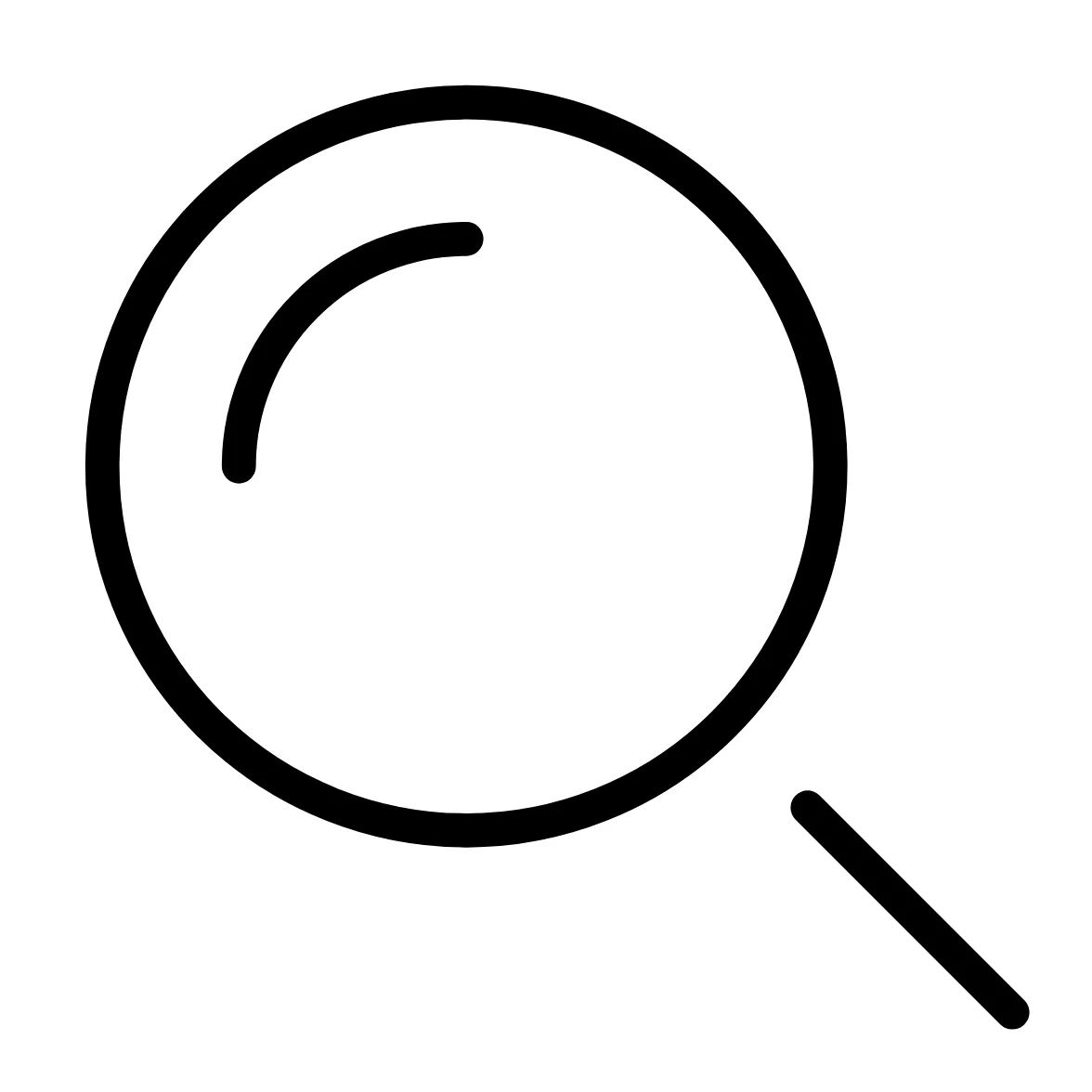This year marks the 20th anniversary since the Check 21 Act became effective in the United States. Consumer checks have mostly been replaced by ACH, card payments, and digital wallets. However, there are still some 11bn checks written in the US every year—primarily by businesses. Eventually, the growing digitally native population in the workplace will drive the eradication of checks and adoption of new payment types, but despite this progress the billing and receivables functions are actually becoming more complex.
Much of the conversation about payments modernization focuses on payments choice and speed. That is positive, but the impact is increasingly felt in receivables and collections. The receivables team not only must deal with the three basic receivables of check, wire, and ACH, but now a plethora of new methods—including rising acceptance of purchasing card and digital wallet-based solutions. As a simple way to accept digital payments, purchasing cards were a boon during the COVID-19 pandemic. Now with so many invoices being paid essentially “on account,” the reconciliation process of tying all the invoices to a given payment has become onerous.
The banking industry has also seen many new payments initiatives worldwide. Following widespread adoption of faster payment schemes in Europe and Asia Pacific, now even the United States has two real time payment networks—both of which can handle consumer and business payments! Whether for consumers or businesses, the choice of how to pay and receive funds can be overwhelming. Billers need simpler payment acceptance options and processing – and banks have an opportunity to assist them.
Celent’s annual Dimensions surveys explore the technology and product priorities for corporate bankers worldwide. Until recently, investment in receivables management was a relatively low product priority for US banks. Times have changed. As corporates face greater billing and receivables challenges, leading banks have prioritized their receivables products higher than in recent years.
Want to hear more? Join me and FIS for a complimentary webinar on September 19th as we discuss the future of bill payments for banks and corporates.
Register here for Embracing the Future of Bill Payments, Today.







